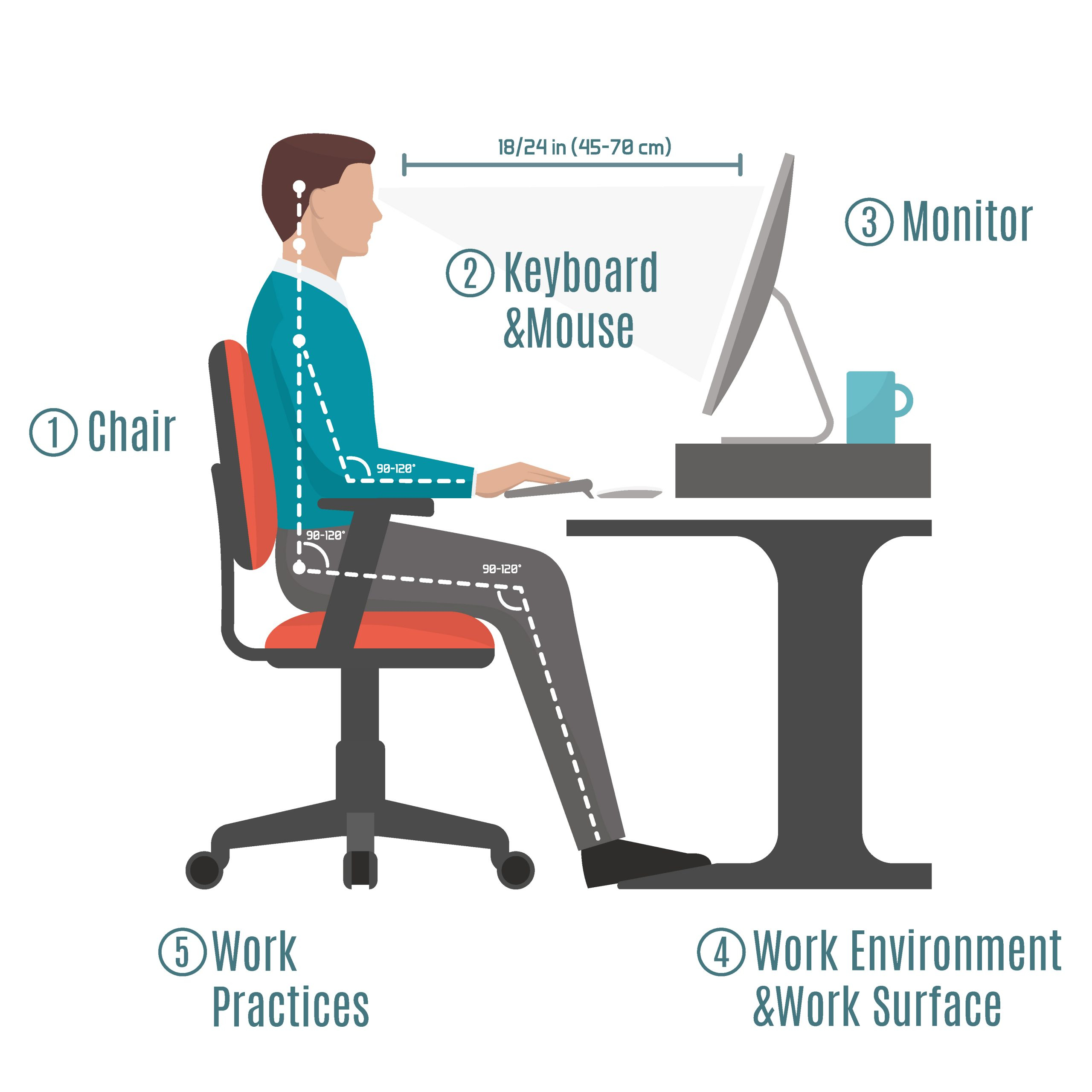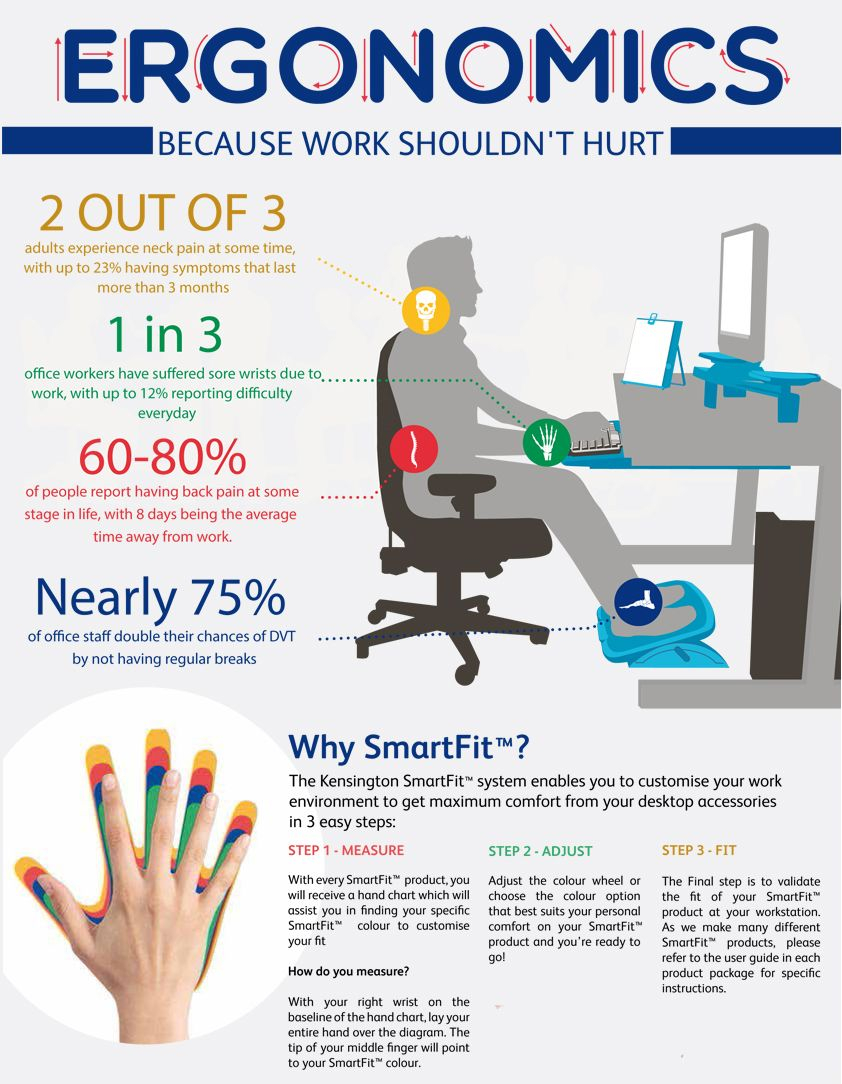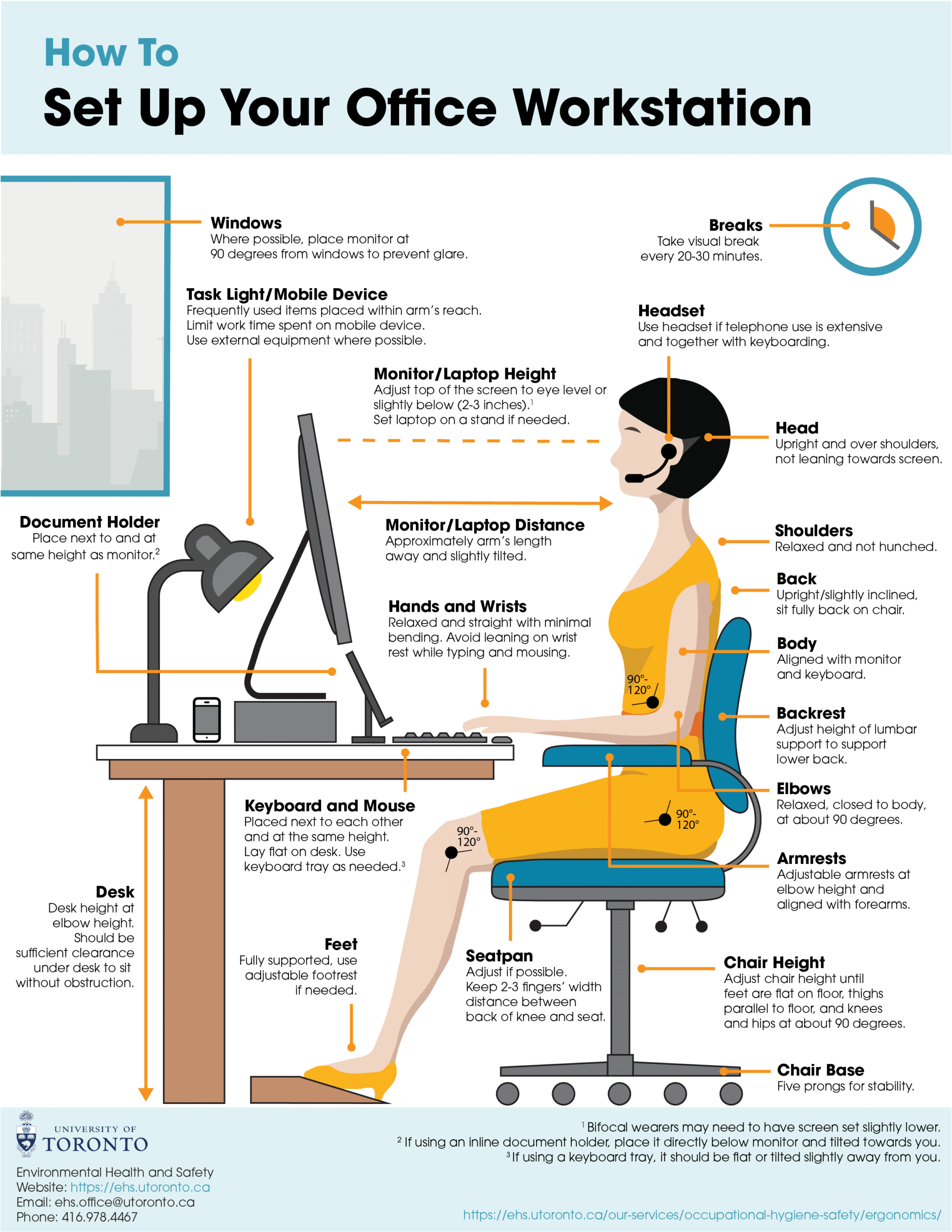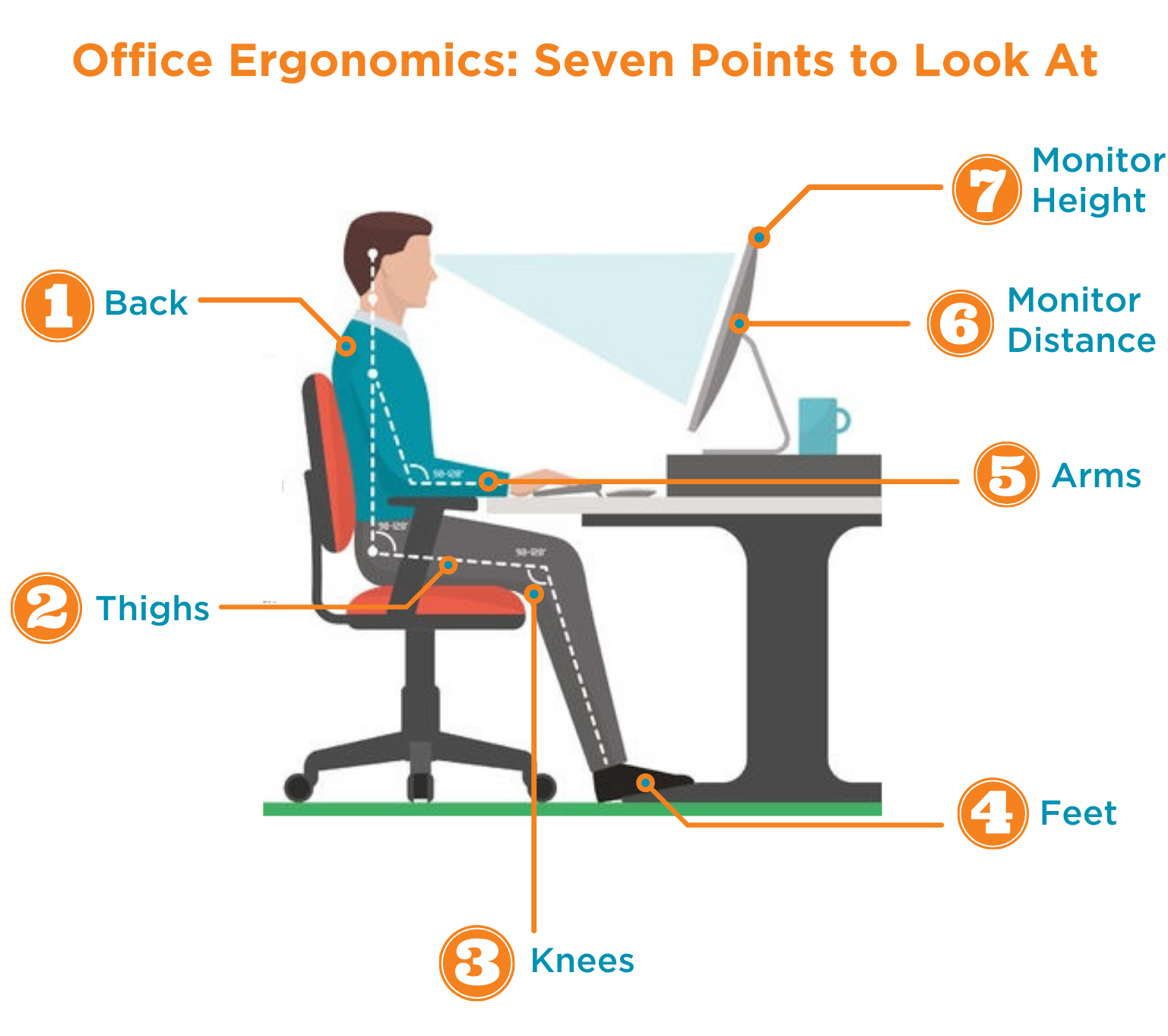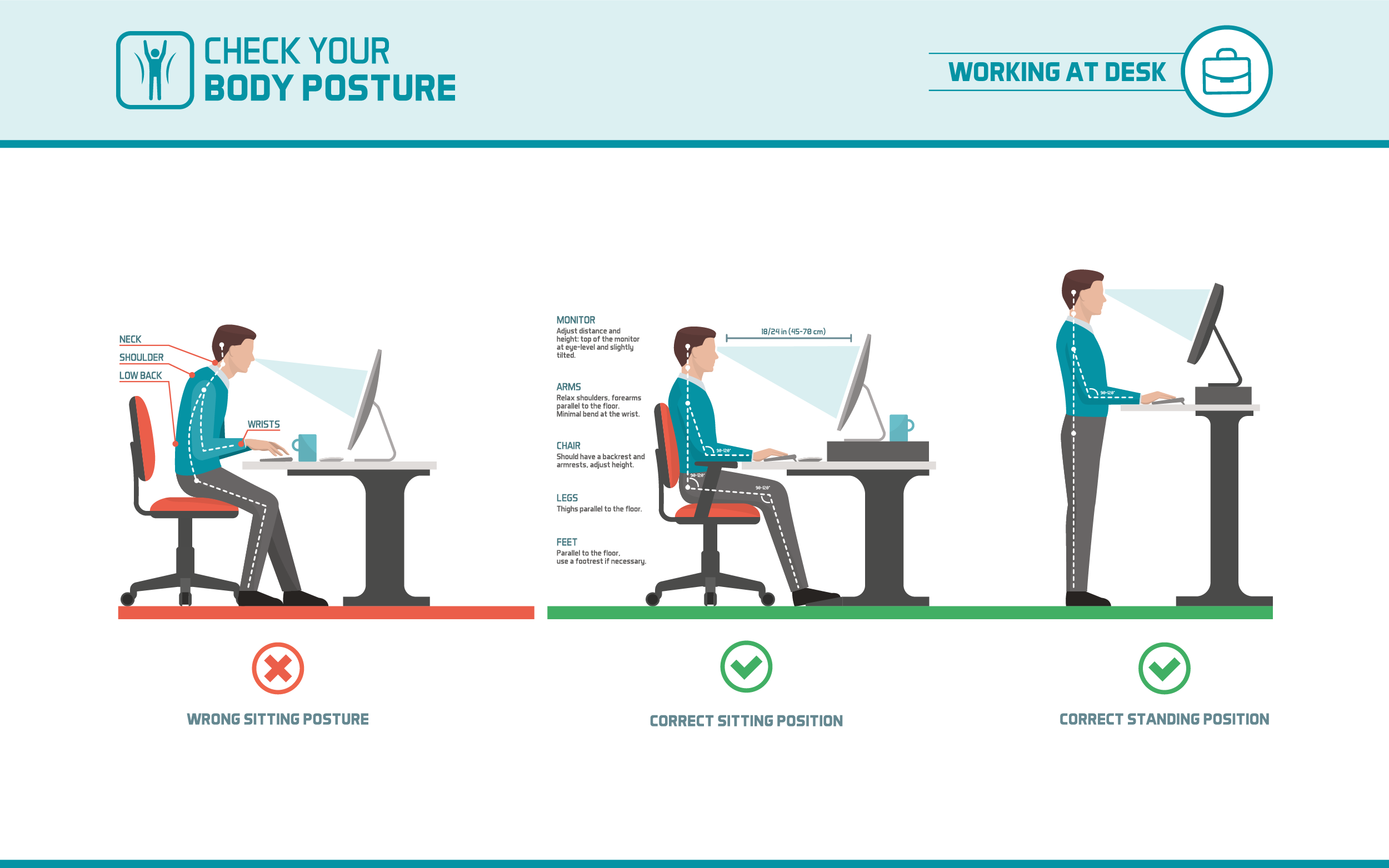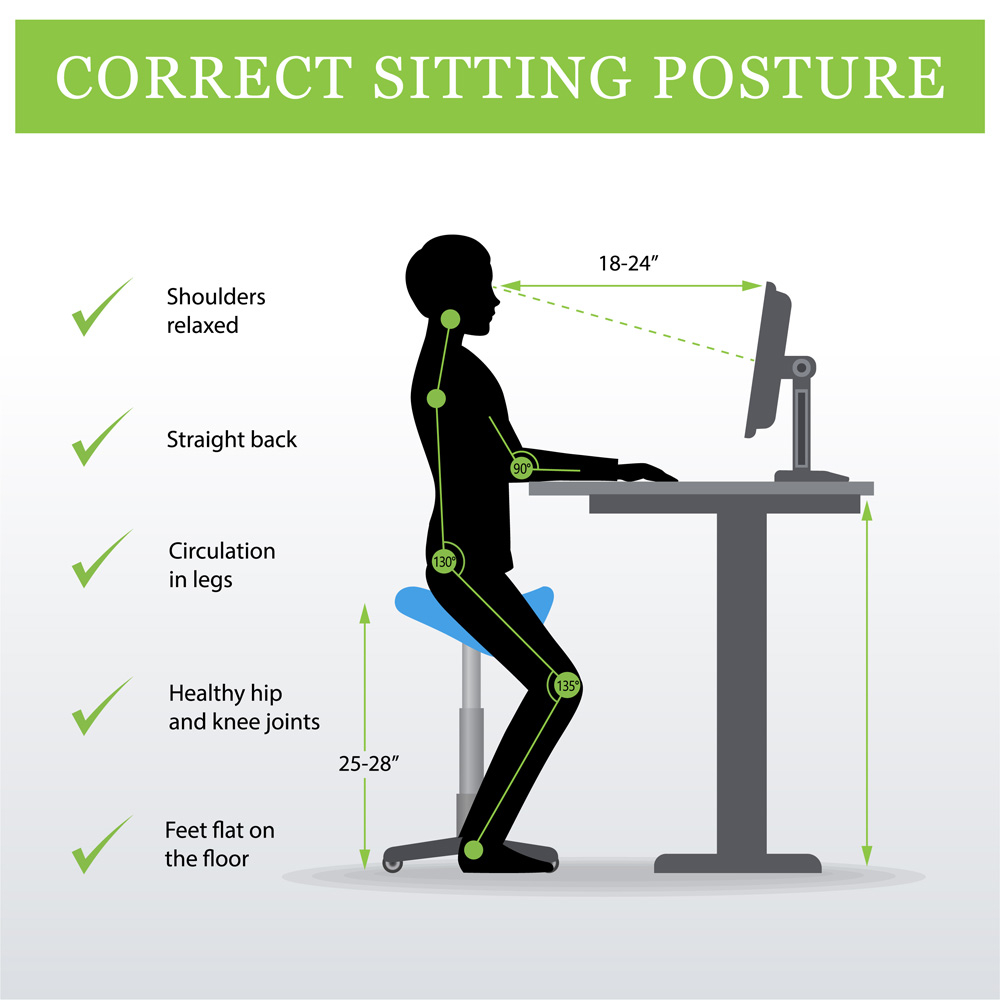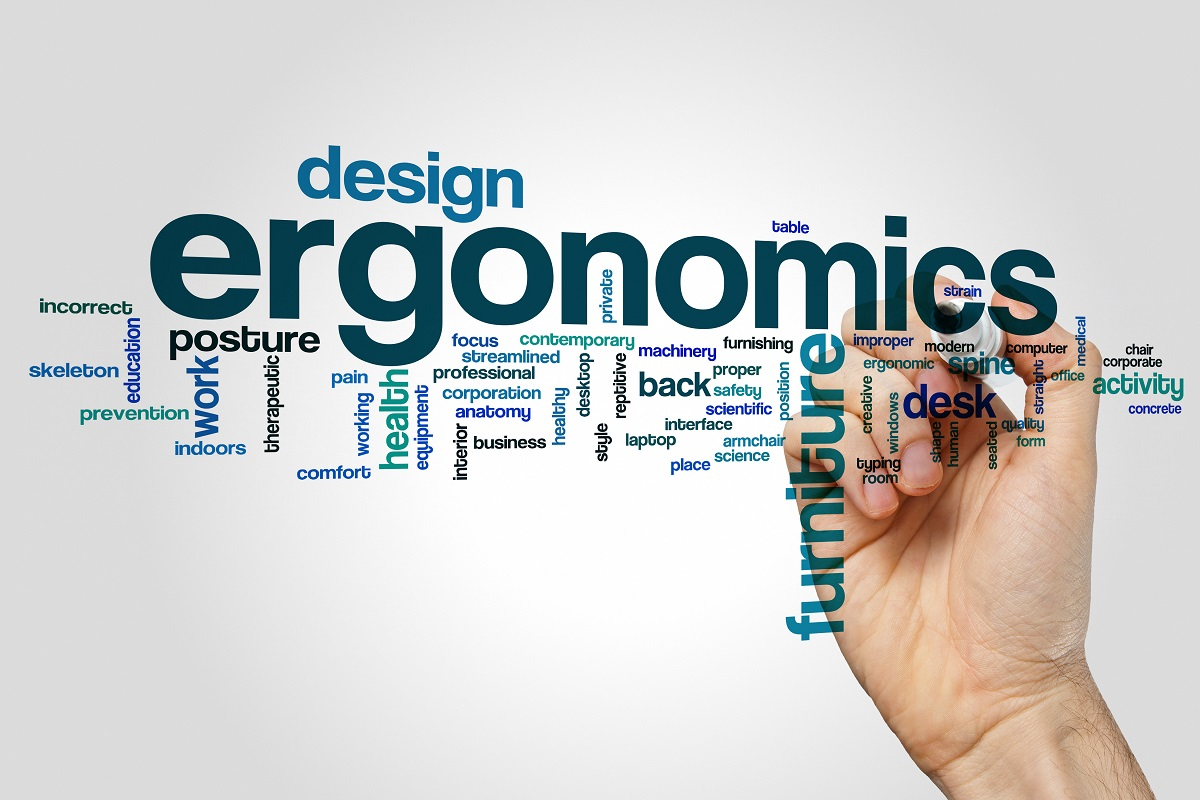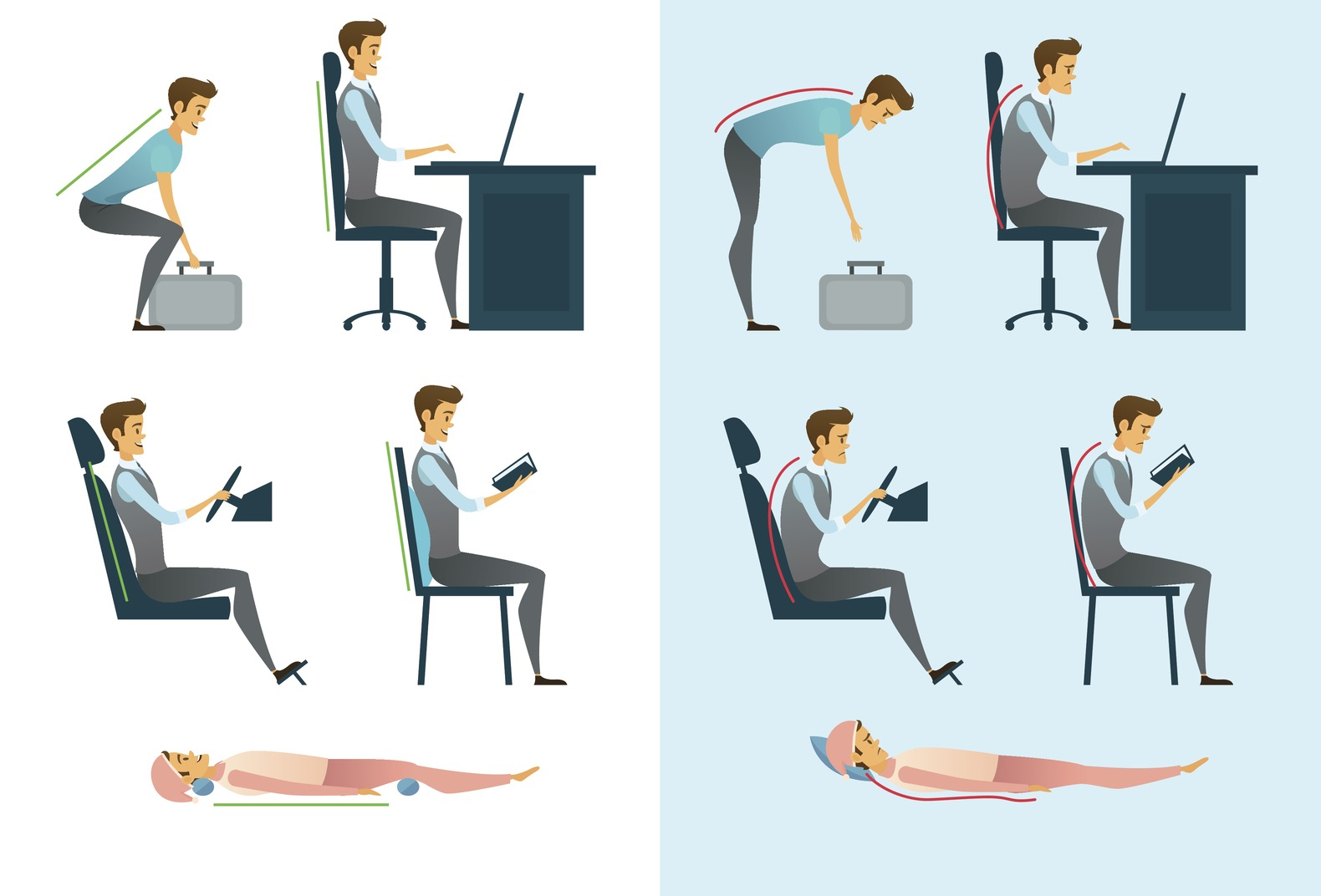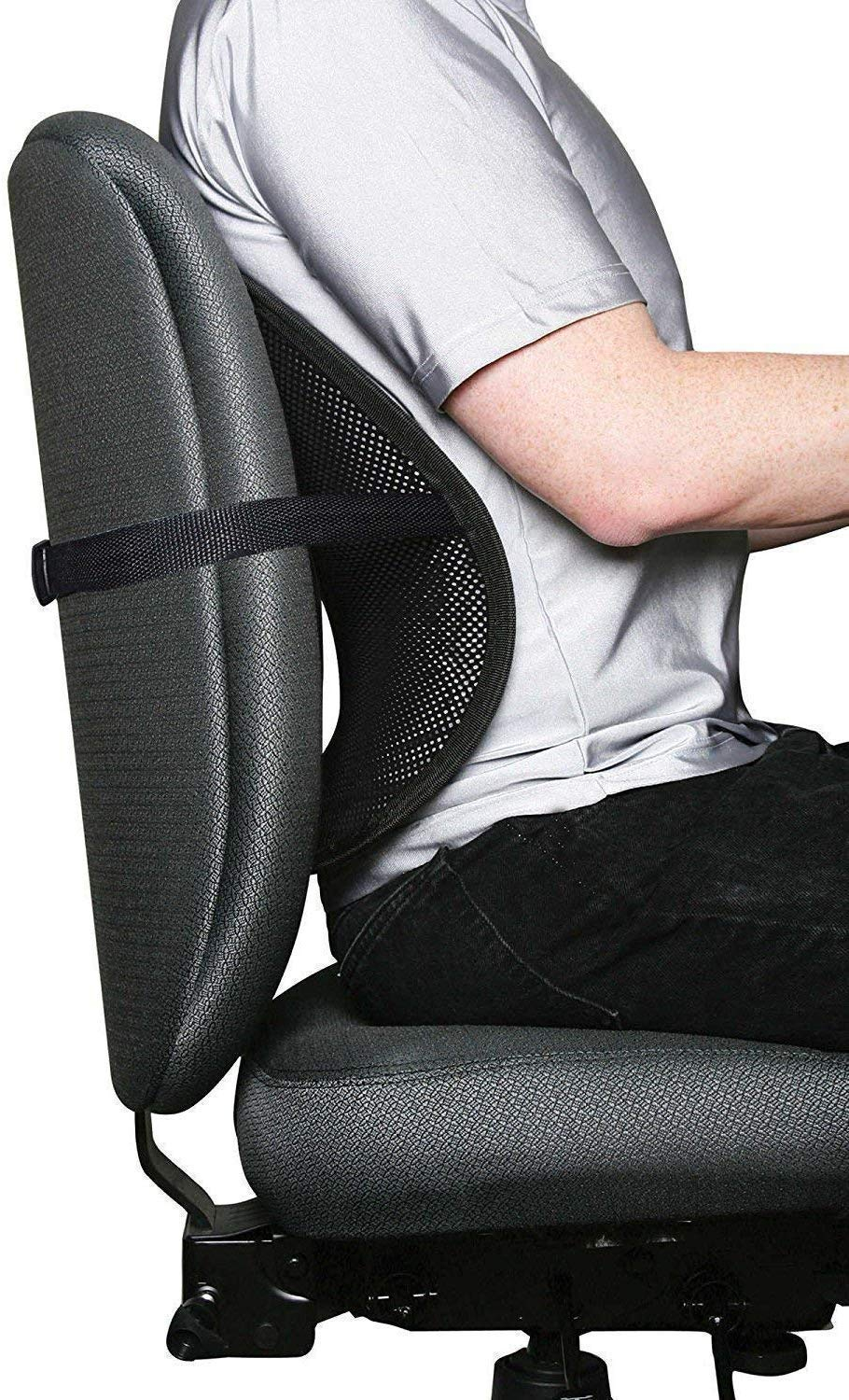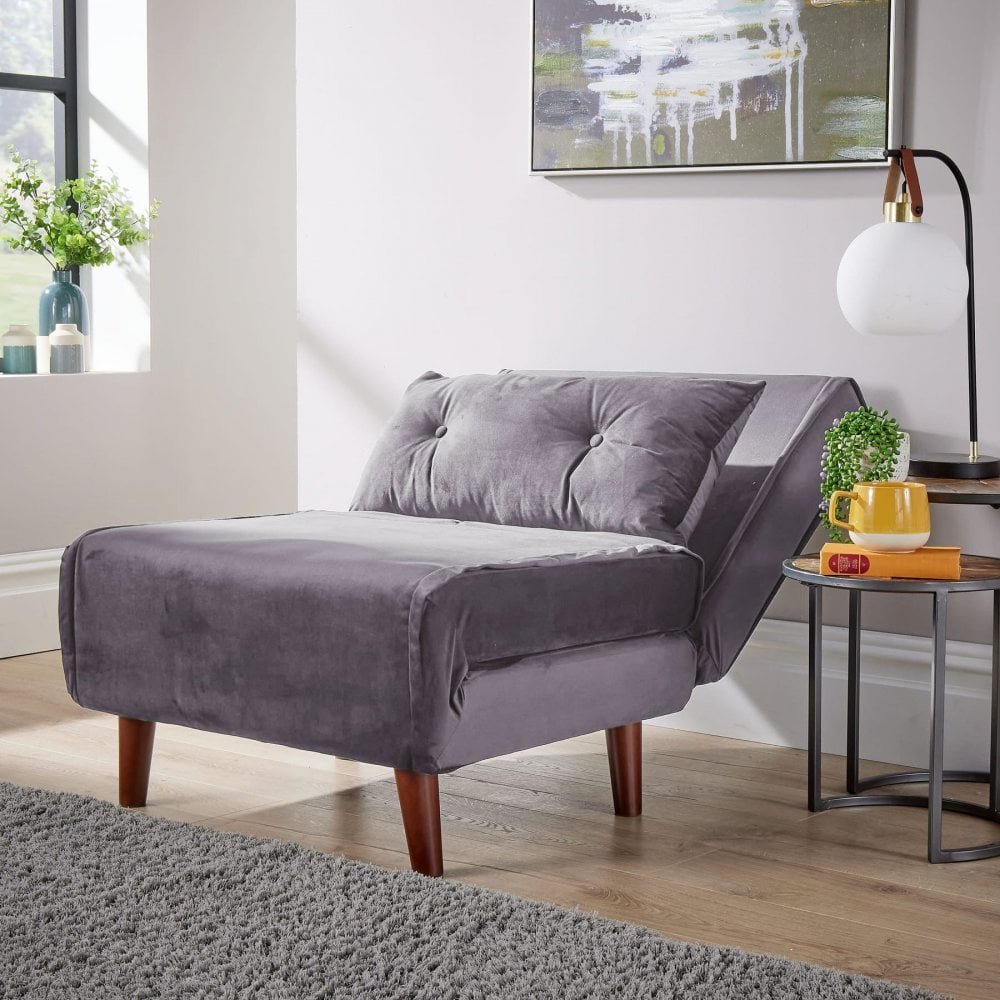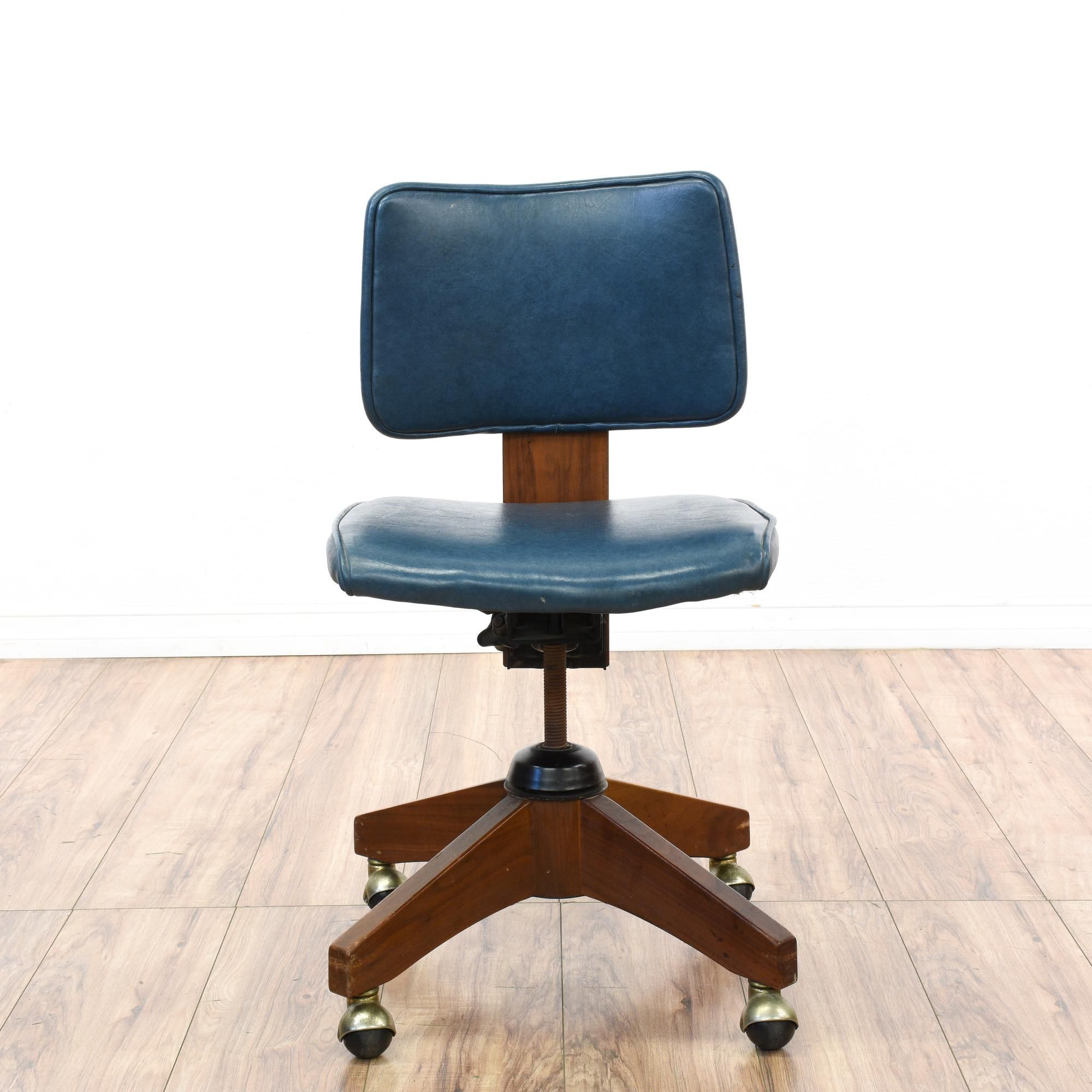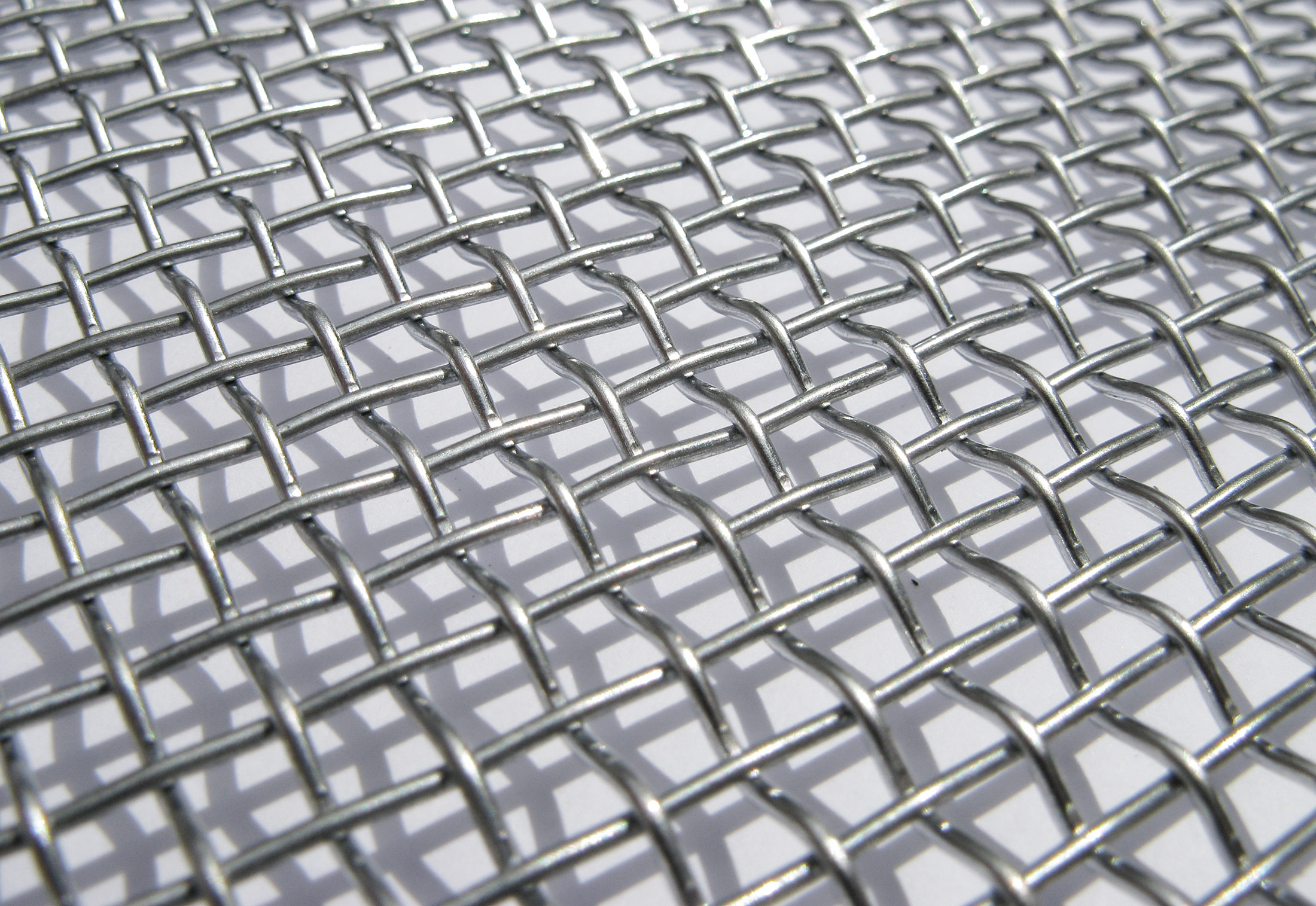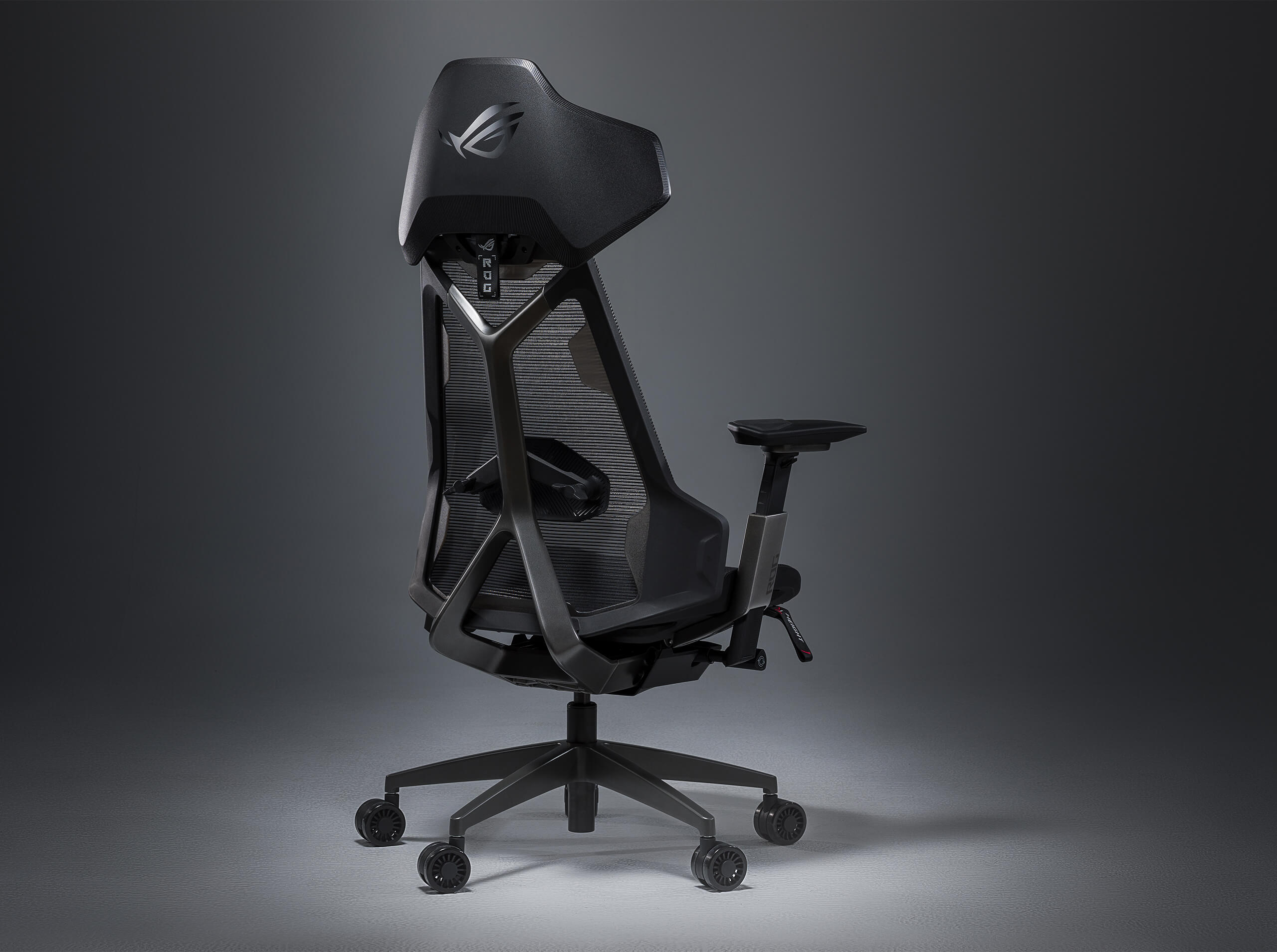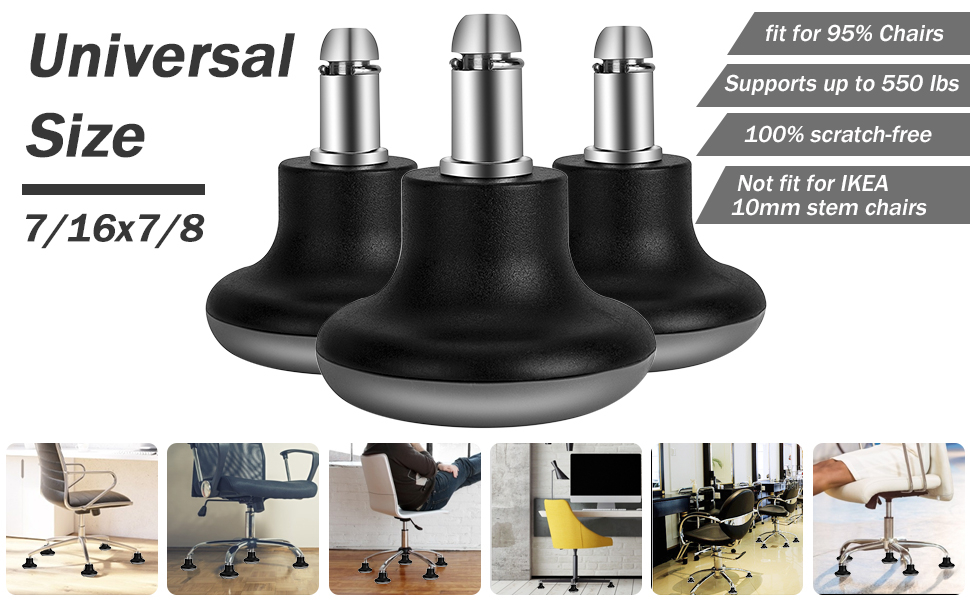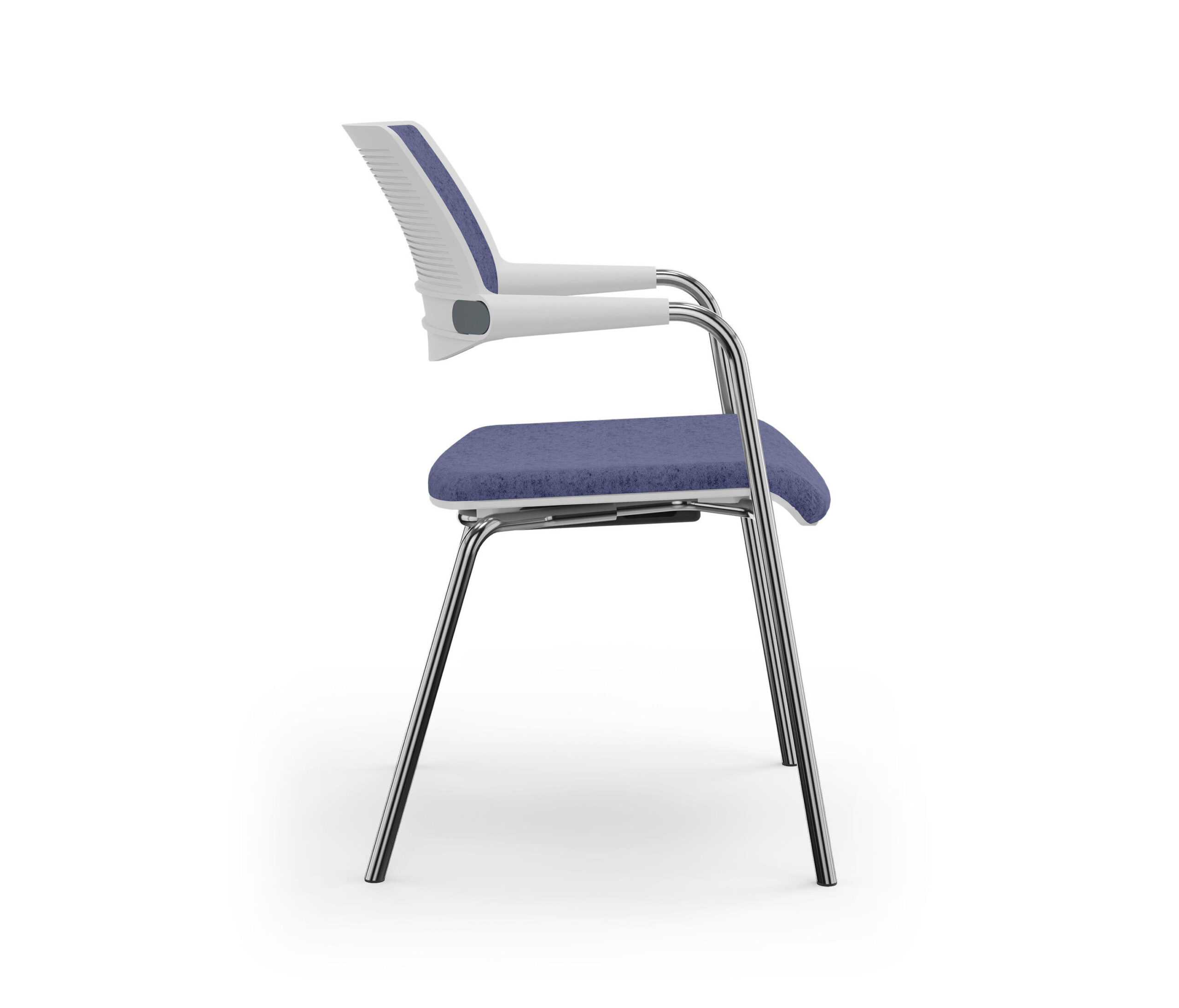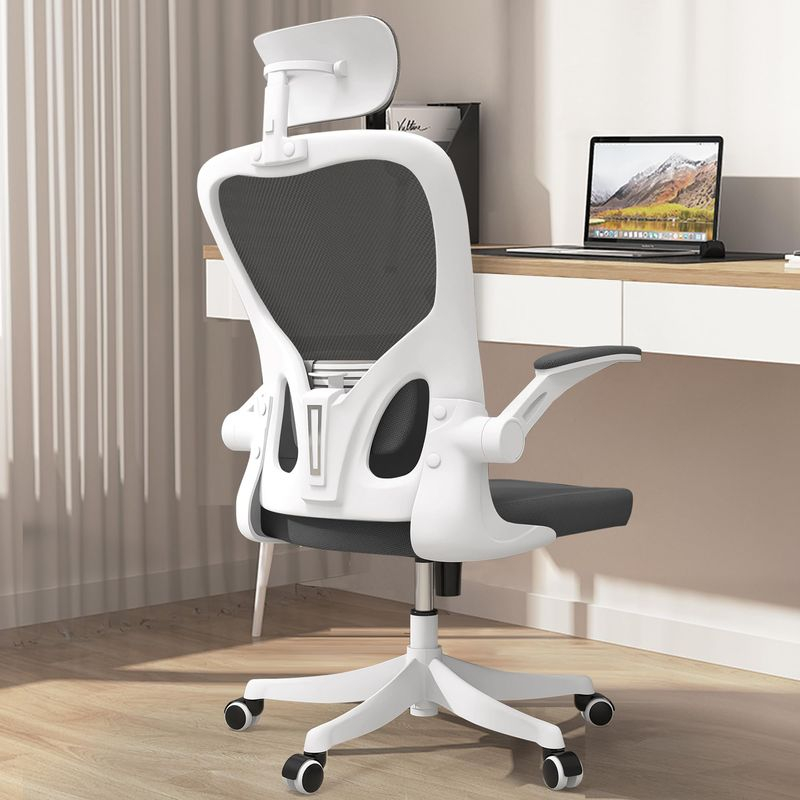We spend so much time thinking about our chairs and desks, but what about our feet? It turns out, those hardworking appendages are crucial players in our overall comfort and health, especially when we’re seated for extended periods. Let’s dive into a simple, yet profound, ergonomic secret: the humble footrest. You might be surprised at the significant difference it can make.
Think about it – how often do you catch yourself slouching, shifting uncomfortably, or feeling that familiar ache in your lower back after a long stretch at your desk? We often blame the chair, or maybe the posture we think we’re holding. But what if the root of the problem is much lower down? Our feet bear the brunt of our weight all day, and when we sit, they deserve just as much consideration as our spine. Introducing a footrest isn’t just about propping up your feet; it’s about rebalancing your entire seated posture and unlocking a cascade of well-being benefits. It’s a small change with a remarkably large impact.
The Foundation of Good Posture: Elevating Your Feet
It sounds almost too simple, doesn’t it? But when you place your feet flat on the floor, your thighs might be angled upwards, putting pressure on your lower back and hamstrings. A footrest allows you to adjust this angle. By elevating your feet, you can achieve a more neutral thigh position, parallel to the floor, or even with a slight downward slope. This simple shift helps distribute your weight more evenly and takes undue stress off your spine and hips. It’s like building a house – a strong, level foundation is essential for everything else to stay put and function correctly. Without it, things tend to wobble and collapse.
Say Goodbye to Slouching: Encouraging Better Alignment
When your feet aren’t properly supported, what’s the natural tendency? You lean forward, you slouch, you try to find a position that feels less strained. A footrest combats this directly. By providing a stable surface for your feet, it encourages you to sit back into your chair, utilizing its ergonomic features like lumbar support. This naturally promotes a more upright and aligned posture, reducing the strain on your neck, shoulders, and back. It’s an invisible nudge towards better alignment, helping you maintain a healthy spine without even consciously thinking about it. Ever felt that urge to curl up when you’re tired? A footrest helps prevent that passive slump.
Boosting Circulation: Keeping the Blood Flowing
Prolonged sitting can really put the brakes on your circulation, especially in your legs and feet. This can lead to swelling, a tingling sensation, and even contribute to more serious issues over time. A footrest can help alleviate this. By elevating your feet, you’re aiding the return of blood flow to your heart. It’s a simple way to keep your legs from feeling heavy and tired, and it can make a noticeable difference in preventing that pins-and-needles feeling. Think of it as giving your circulatory system a gentle helping hand, allowing it to work more efficiently.
Reducing Pressure Points: Comfort Where It Counts
Without a footrest, your feet might be pressing against the floor, or perhaps the edge of your chair. This can create uncomfortable pressure points, especially on the back of your thighs and your heels. Over time, this constant pressure can lead to numbness and discomfort. A footrest distributes that pressure more evenly across the sole of your foot, providing a more comfortable and supportive experience. It’s like switching from standing on a hard floor to a supportive mat – the difference in comfort is immense. You can say farewell to those nagging aches that creep up during the day.
Finding Your Perfect Footrest: What to Look For
Not all footrests are created equal, of course. The ideal footrest should allow you to adjust its height and angle to suit your unique body and desk setup. Look for one with a non-slip surface to keep your feet securely in place. Some even have textured surfaces to provide a gentle foot massage. The key is adjustability. You want to be able to fine-tune it until your legs are at that comfortable, neutral angle. Consider whether you prefer a fixed position or one that rocks, which can encourage subtle movement and further improve circulation. Experimentation is key to finding what feels best for you.
Simple Steps to a Healthier Seated Experience
Integrating a footrest into your workday is incredibly straightforward. Start by placing it under your desk and adjusting it to a height that allows your feet to rest comfortably, with your knees bent at roughly a 90-degree angle. Then, settle back into your chair, ensuring your back is supported. Pay attention to how your body feels. Are you less inclined to slouch? Do your legs feel less tired? Small adjustments can make a big difference. Even taking a moment to rock your feet on an adjustable footrest can break up sedentary periods and refresh your body. It’s a small habit that can pay significant dividends for your long-term health and comfort.
So there you have it. The humble footrest is far more than just an accessory; it’s a powerful tool for enhancing your ergonomic setup and improving your overall well-being. By supporting your feet, you’re indirectly supporting your posture, circulation, and comfort. It’s a simple, accessible change that can lead to a significant reduction in discomfort and a boost in your daily productivity and health. Don’t underestimate the impact of this often-overlooked ergonomic secret. Give your feet the support they deserve, and your body will thank you for it.

